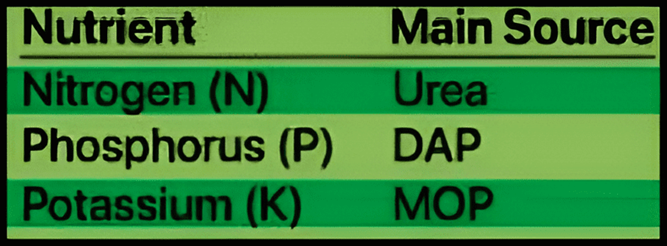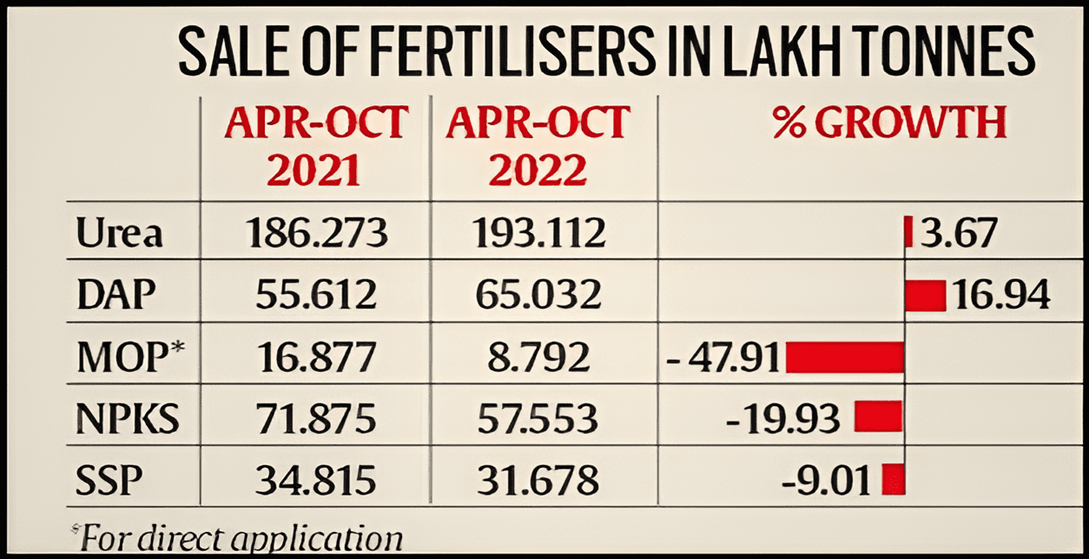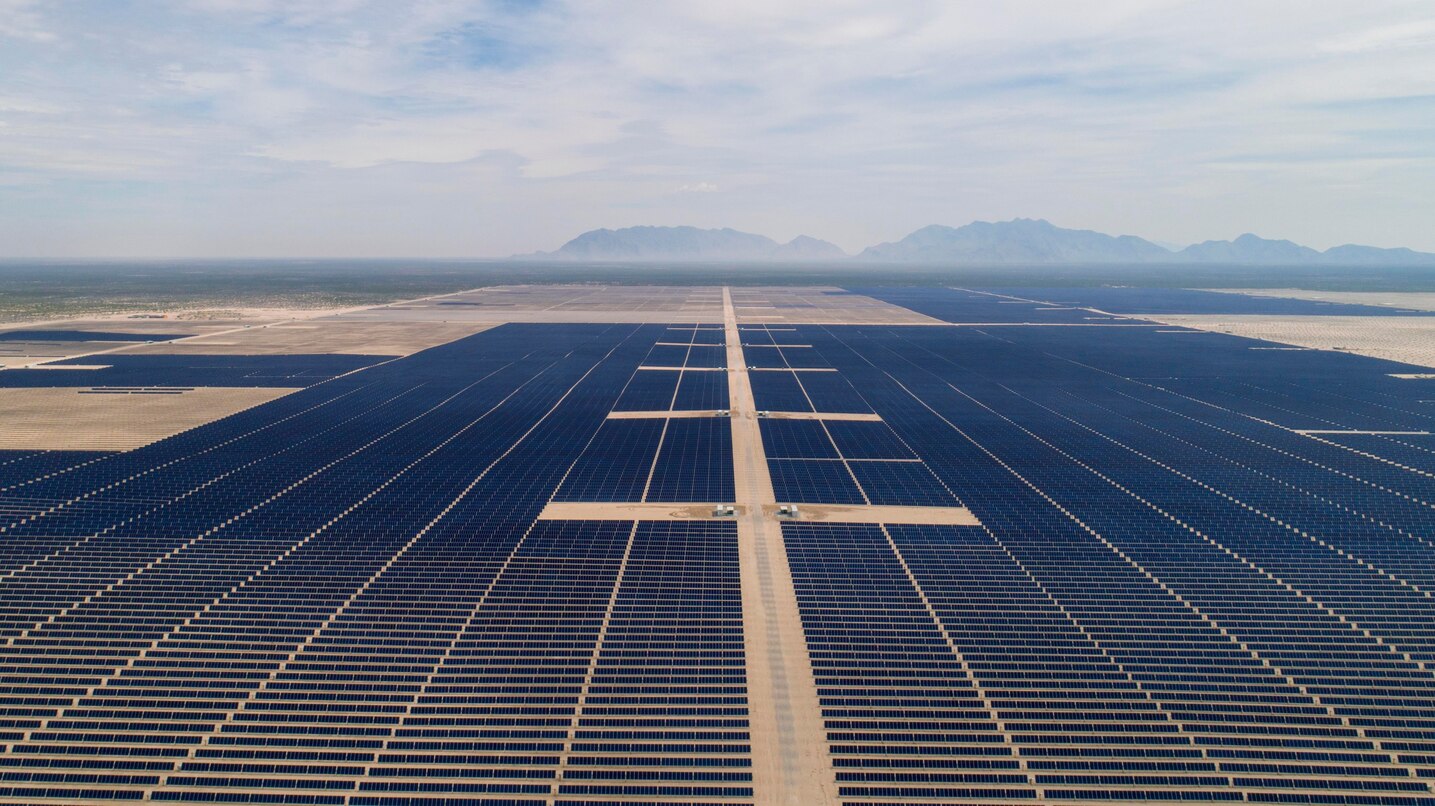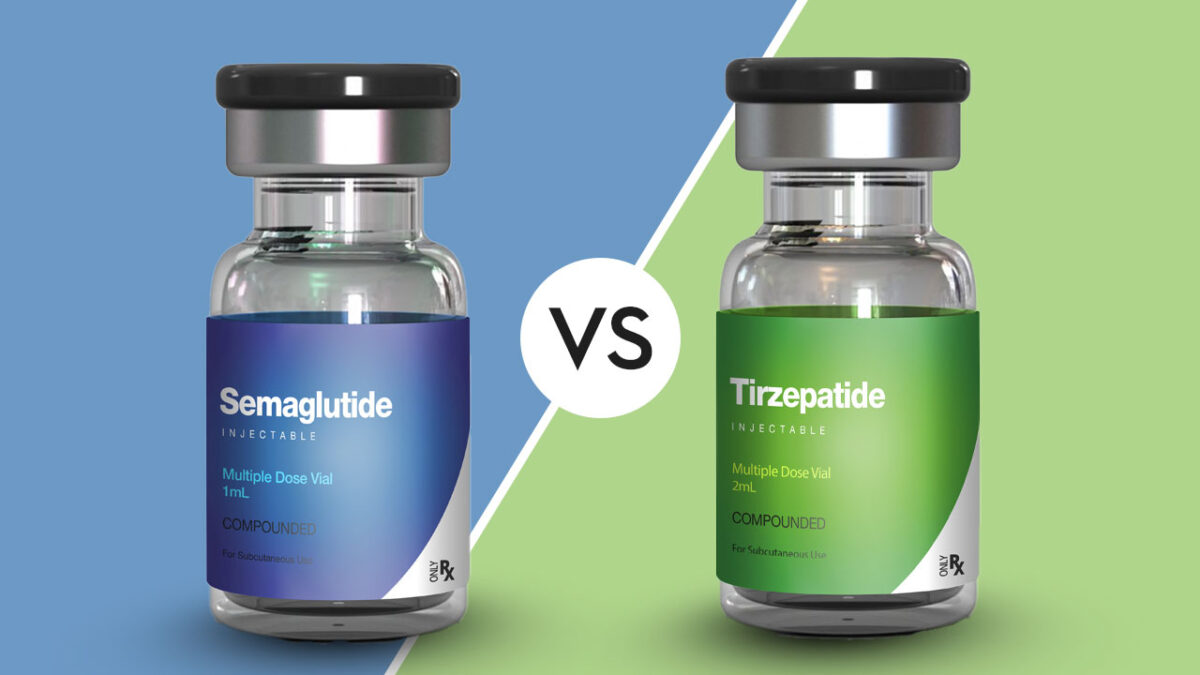- Courses
- GS Full Course 1 Year
- GS Full Course 2 Year
- GS Full Course 3 Year
- GS Full Course Till Selection
- Answer Alpha: Mains 2025 Mentorship
- MEP (Mains Enrichment Programme) Data, Facts
- Essay Target – 150+ Marks
- Online Program
- GS Recorded Course
- Polity
- Geography
- Economy
- Ancient, Medieval and Art & Culture AMAC
- Modern India, Post Independence & World History
- Environment
- Governance
- Science & Technology
- International Relations and Internal Security
- Disaster Management
- Ethics
- NCERT Current Affairs
- Indian Society and Social Issue
- NCERT- Science and Technology
- NCERT - Geography
- NCERT - Ancient History
- NCERT- World History
- NCERT Modern History
- CSAT
- 5 LAYERED ARJUNA Mentorship
- Public Administration Optional
- ABOUT US
- OUR TOPPERS
- TEST SERIES
- FREE STUDY MATERIAL
- VIDEOS
- CONTACT US
Balanced Fertilisation
Balanced Fertilisation
03-05-2024
The FY 2023-24 saw a 16.9% increase in urea consumption from 30.6 million tonnes in 2013-14 to 35.8 million tonnes in 2023-24.
Dominant Fertilisers in India

- Urea – a rich source of nitrogen (N)
- di-ammonium phosphate (DAP) – a major source of phosphorous (P) and
- muriate of potash (MOP) – a rich source of potassium (K).
- NPK are the primary nutrients that are required for the fertility of the crops.
- The ideal ratio for the use of NPK is 4:2:1 respectively.
Current Scenario in India
- Among all the synthetic fertilisers, Urea is the most produced (85%) and most consumed (74%).
- High demand for Urea because of its versatility. It can be applied for various types of plant diseases and crops across multiple kinds of terrains and soils.
- 65% of total Urea is being used by industrial plants and not by small and marginal farmers.
- Urea is easy to store and transport.
- It is made more affordable by the subsidies provided by the government. It is Rs. 5,625 per tonne; in the case of DAP, it is about Rs. 17000 per tonne; in the case of MOP, it is Rs. 34,000 per tonne.
- There is a high demand for Urea among the small and marginal farmers. Therefore, the ratio of 4:2:1 has been changed to 12:5:1.
- The market highly produces it because the government highly incentivises traders. This product attracts the highest amount of subsidy.

{Note: the subsidies provided in Urea are only for agricultural uses and not for industrial or non-agricultural uses.}
Why do we need to balance fertilisation?
- The excess of fertilisers will degrade the quality of the soil. The below graph shows that the crop yields and their response to fertilisers have degraded over time.
- This may increase the financial losses for the farmers as they may not be able to cover the cost i.e., input and output costs.
- Excessive amounts of Nitrogen in the soil make it acidic and making it infertile for the crops.
- Increase in environmental pollution; leaching in water bodies, eutrophication, algal blooms, degrade the biodiversity, and make the water unfit for use.
- Once entering the food chain (vegetables were sprayed by these fertilisers) can lead to bioaccumulation inside the body and can cause carcinogenic symptoms. Hence, increases the health risks.
- It has created a vicious cycle; Indian farmers are dependent on fertilisers and the demand for Urea is increasing year by year.
- India is the largest producer as well as the largest importer of Urea.
- The reason for high demand is the degrading fertility of the soil and making India import dependent which is increasing the fiscal deficit in India.

Need of the hour
- Balanced fertilisation can be achieved by using complex fertilisers; containing not only the primary fertilisers (NPK) but also
- secondary fertilisers (sulphur-S, calcium, magnesium) and
- micronutrients (iron, zinc, copper, manganese, boron, molybdenum) in the right proportion.
- This can be achieved by improving the Nitrogen Use Efficiency (NUE). A lot of nitrogen gets leached into the environment because they are not appropriately absorbed by the plants; nitrogen is either evaporated or dissolved in the water.
- The government mandated the use of neem-coated Urea in 2015. Once coated with neem, it slows down the absorption rate and hence increases the efficiency.
- Regular promotion of soil testing will help develop the profile of the soil. This will help to understand the requirements of soil and will not unnecessarily flood the soil with fertilisers.
- India needs advanced fertilisers which should be sustainable, organic, and highly efficient. For example: Nano Urea and Sulphur coated Urea.
- Reform in Nutrient Based Subsidy scheme:
- Highly distorted ratio of NPK i.e., 12:5:1 – the government incentivise the use of phosphorous and potassium by promoting the subsidy on DAP and MOP. But not Urea based on subsidies.
- There should be subsidies for both the secondary and micronutrient fertilisers.
Must Check: Best IAS Coaching In Delhi



